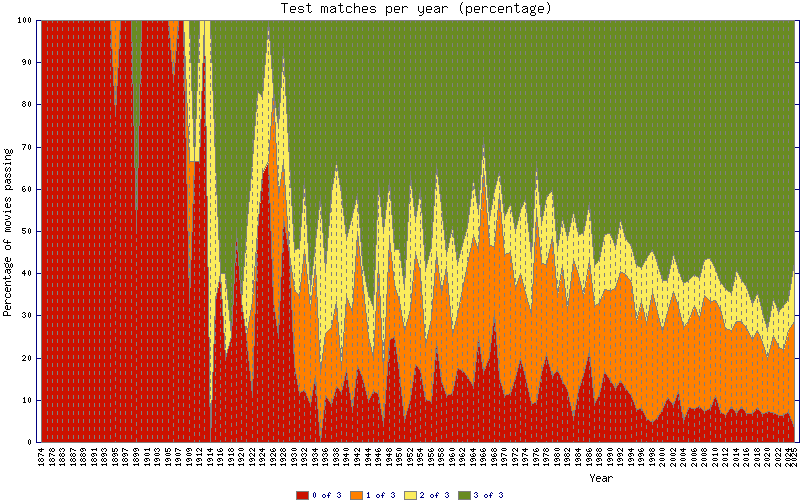 During the many workshops and LitCritter sessions that I've been a part of -- especially the ones where poetics and personal writing patterns were discussed -- I've mentioned that I wanted to write more fully realized depictions of Filipinos (and I guess that extends to many marginalized minorities in general).
During the many workshops and LitCritter sessions that I've been a part of -- especially the ones where poetics and personal writing patterns were discussed -- I've mentioned that I wanted to write more fully realized depictions of Filipinos (and I guess that extends to many marginalized minorities in general).One of the traps you fall into is second guessing yourself. Is this character a stereotypical minority or worse, just a walking cliche?
That's why, even if I don't start out thinking "I'm going to write a story that will redefine Filipinos in the eyes of the world", it's useful to have a list of pitfalls NOT to fall into so that I can double check my initial draft against it.
I found one on the Media Action Network for Asian Americans site. Naturally, these are biased toward an American audience, but they could be extrapolated for local applications.
A quick summary of the high points:
Stereotype: Asian Americans as foreigners who cannot be assimilated. Because they are racially and culturally distinctive from the American mainstream, Asian people have been widely seen as unable to be absorbed into American society.
Stereotype-Buster: Portraying Asians as an integral part of the United States. More portrayals of acculturated Asian Americans speaking without foreign accents.
Stereotype: Asian Americans restricted to clich�d occupations. Asian American professionals are depicted in a limited and predictable range of jobs: restaurant workers, Korean grocers, Japanese businessmen, Indian cab drivers, TV anchorwomen, martial artists, gangsters, faith healers, laundry workers, and prostitutes.
Stereotype-Buster: Asian Americans in diverse, mainstream occupations: doctors, lawyers, therapists, educators, U.S. soldiers, etc.
Stereotype: Asians relegated to supporting roles in projects with Asian or Asian American content. Usually, when a project features Asian subject matter, the main character will still be white.
Stereotype-Buster: More Asian and Asian American lead roles.
Comment -- I did the opposite in my short story "Gunsaddled", haha.
Stereotype: Asian male sexuality as negative or non-existent. Although Asian women are frequently portrayed as positive romantic partners for white men ("Sayonara," "The World of Suzie Wong," ad infinitum), Asian men are almost never positively paired with women of any race. Consequently, Asian men are usually presented either as threatening corrupters of white women or as eunuchs lacking any romantic feelings. For example, in the action movie "Showdown in Little Tokyo," the Asian villain forces himself upon a white woman and murders her before threatening the Asian female love interest. Predictably, the white hero kills the Asian villain and "wins" the Asian woman--while the hero's Amerasian sidekick is given no love life at all.
Stereotype-Buster: More Asian men as positive romantic leads.
Comment -- Hold on now! My man Brandon Lee didn't get Tia Carrere in "Showdown in Little Tokyo", but he did portray a very integrated and modern Asian American. He came off as a fun, likable, and competent, and he had some great lines in there.
Stereotype: Asians who prove how good they are by sacrificing their lives. In the "classic" movie "Gunga Din" (1939), the Indian water-carrier of the title confirms his loyalty to the Imperial British army by warning it of an attack by nationalist forces. Gunga Din is killed in the onslaught. For decades afterwards, movies have portrayed "positive" Asian characters affirming their loyalty to the lead white characters--and thereby affirming their "goodness"--by sacrificing themselves so that the white characters may live.
Stereotype-Buster: Positive Asian characters who are still alive at the end of the story.
Comment -- I'm all for this! By the way, anyone ever notice that the Philippine National Anthem ends with (roughly translated) "it is our joy, when someone is oppressing [our country] to die for it"? Maybe we should change "mamatay" (to die) to "magtagumpay" (to triumph).
Lots of other thought-provoking stereotypes in the article. Check it out!




